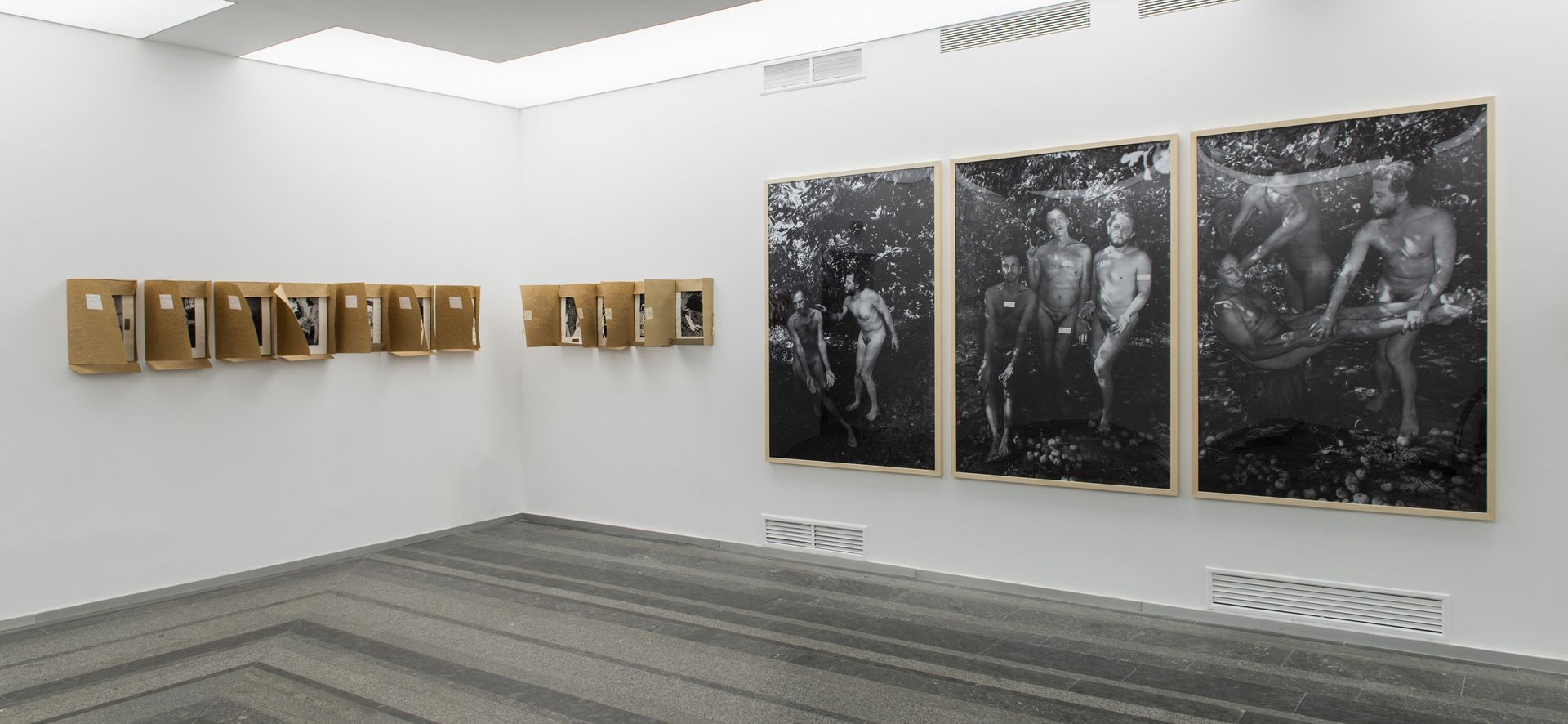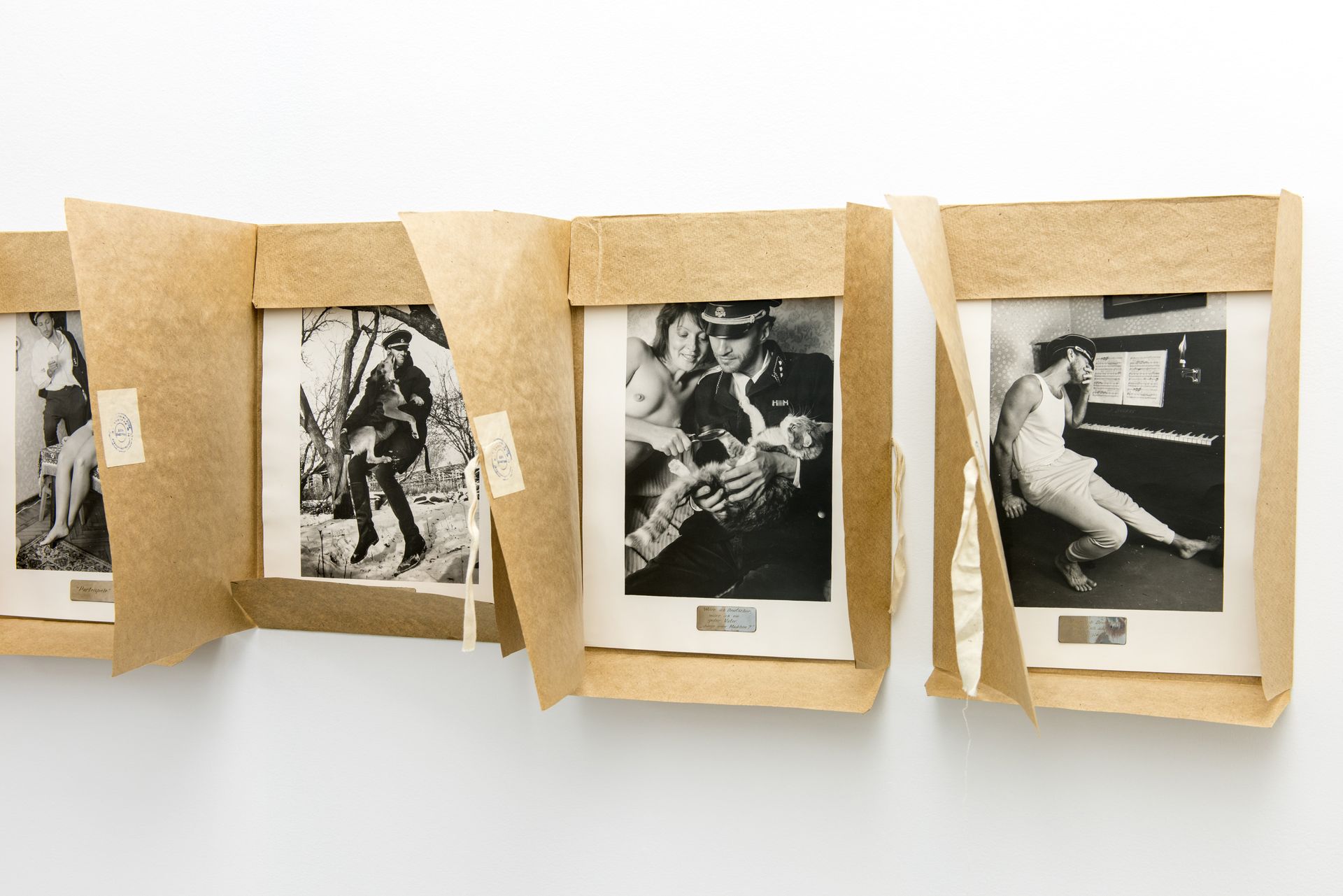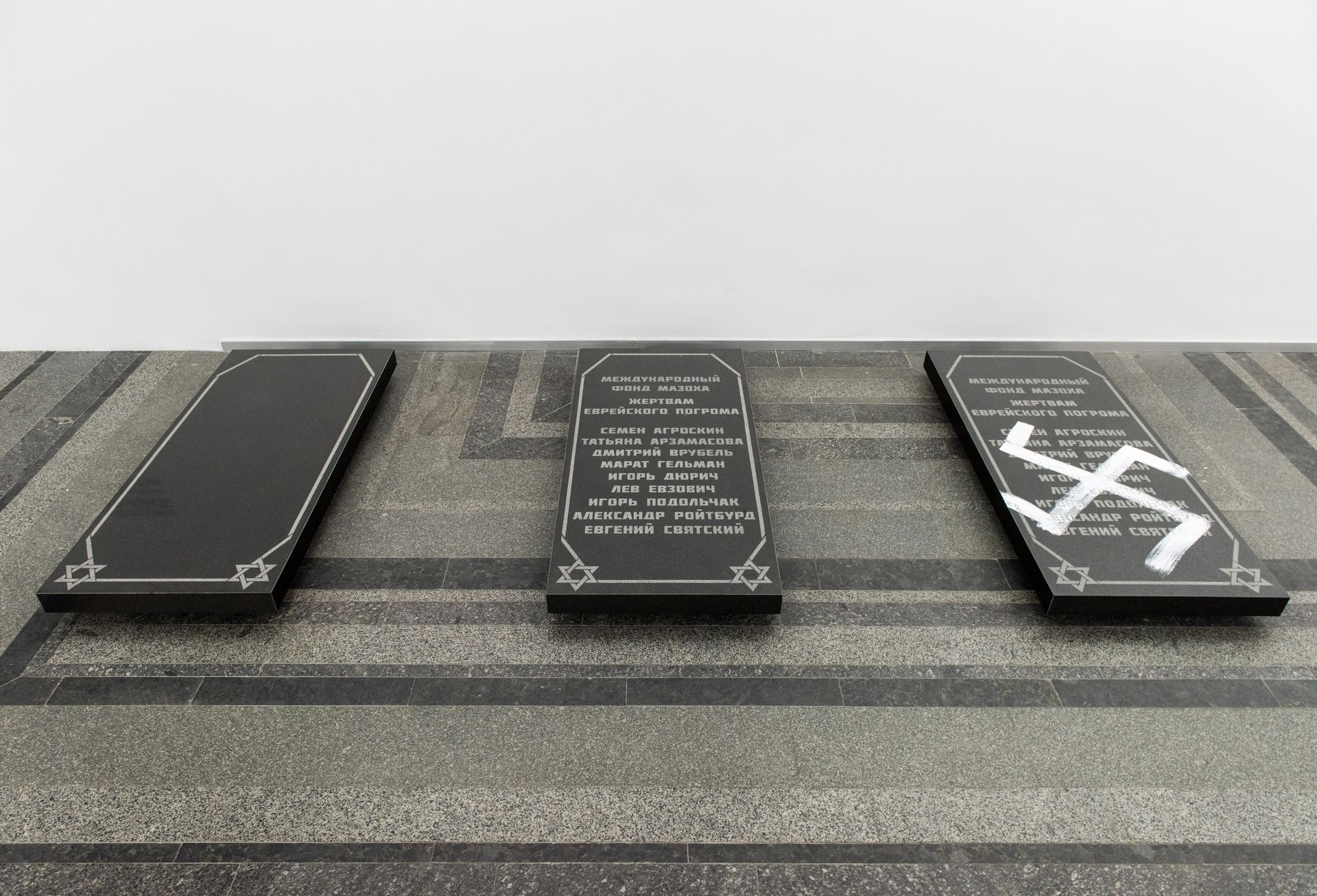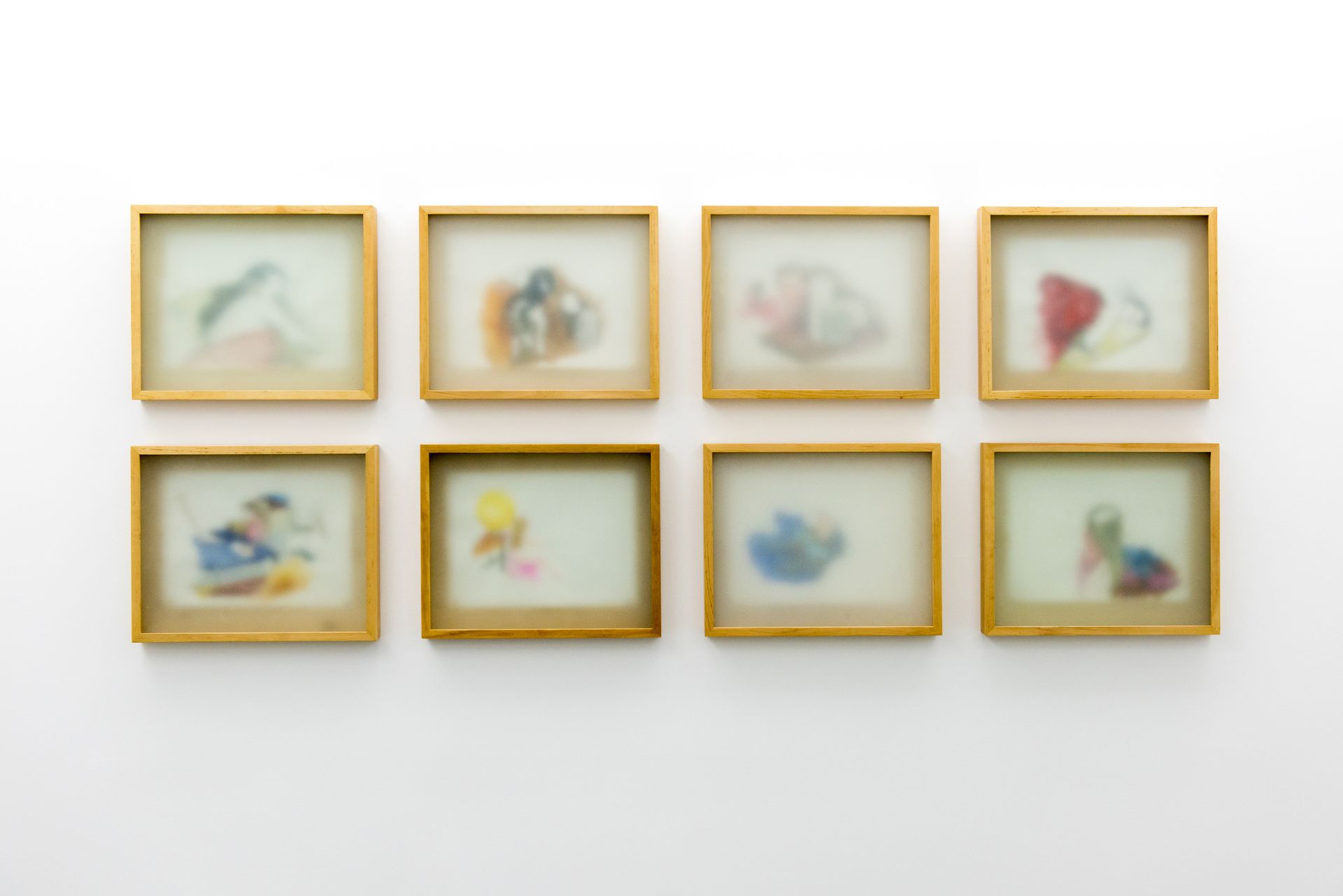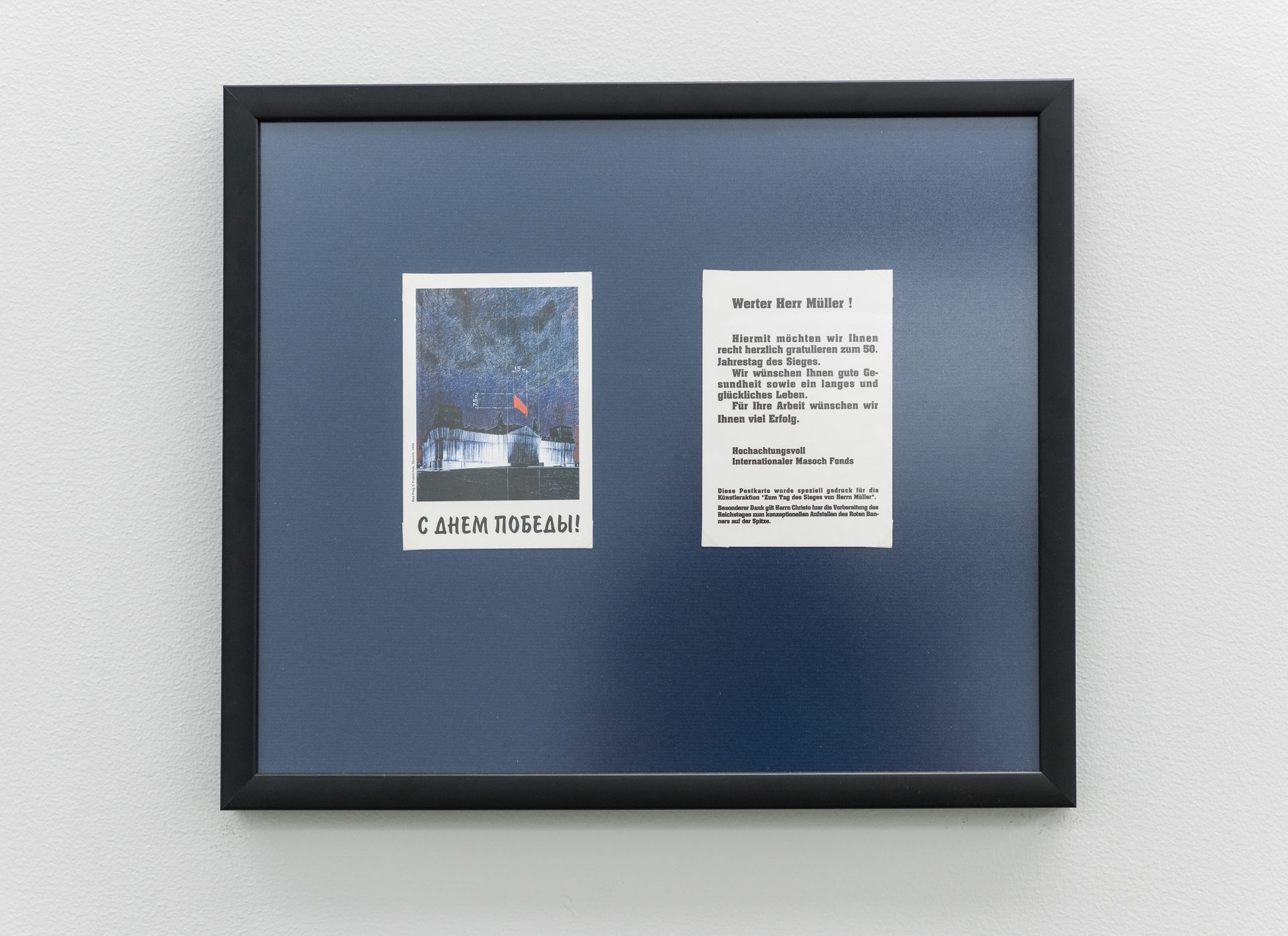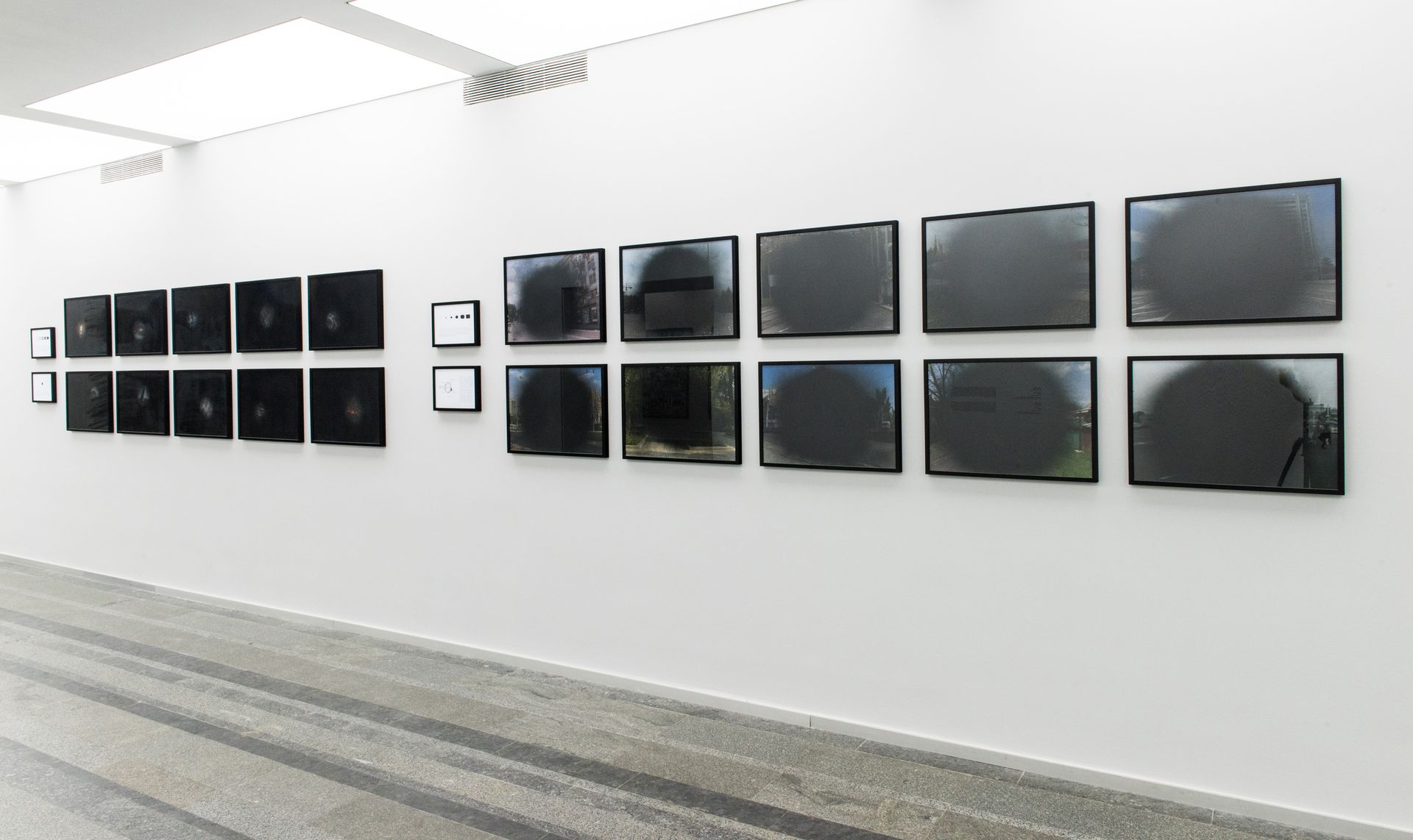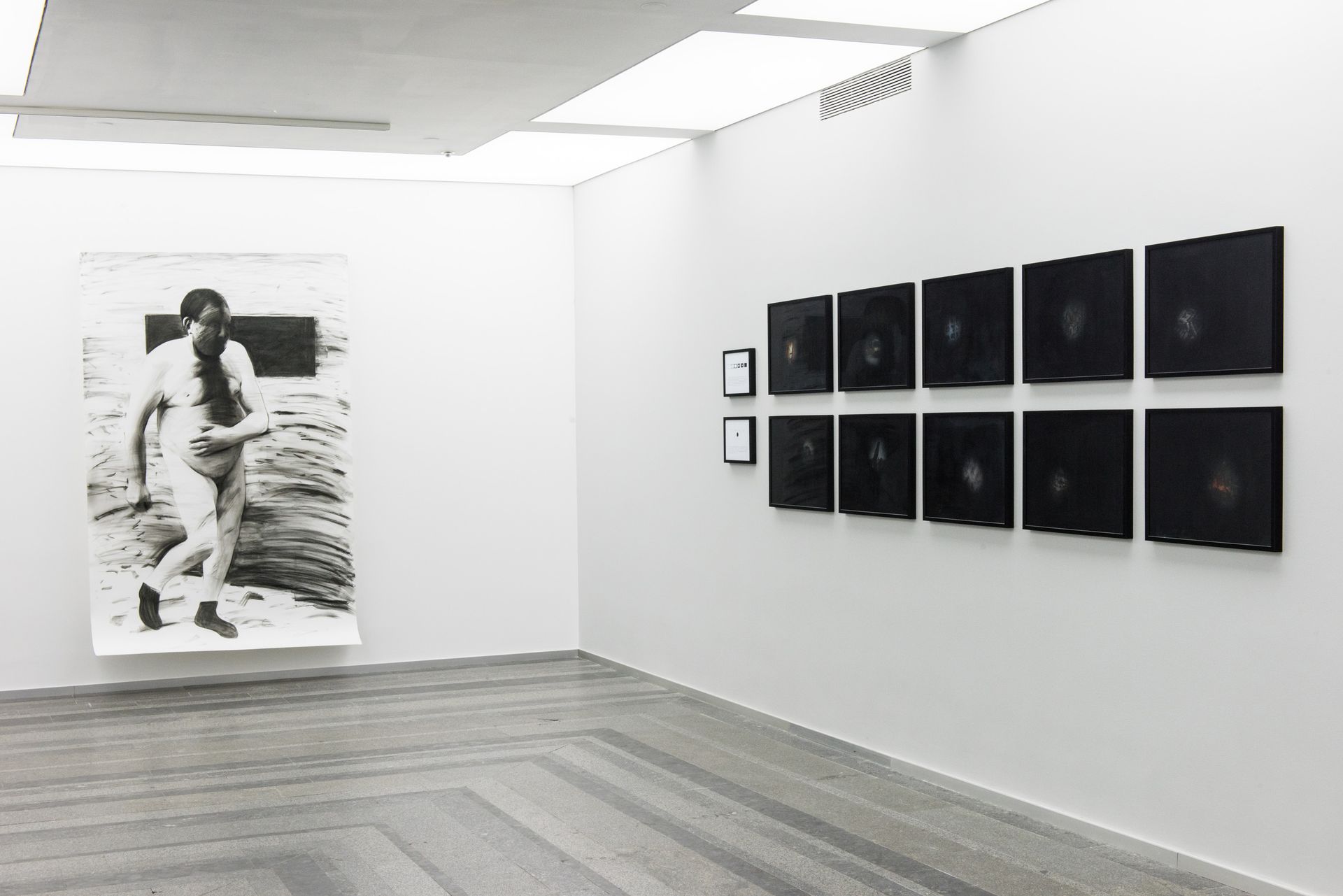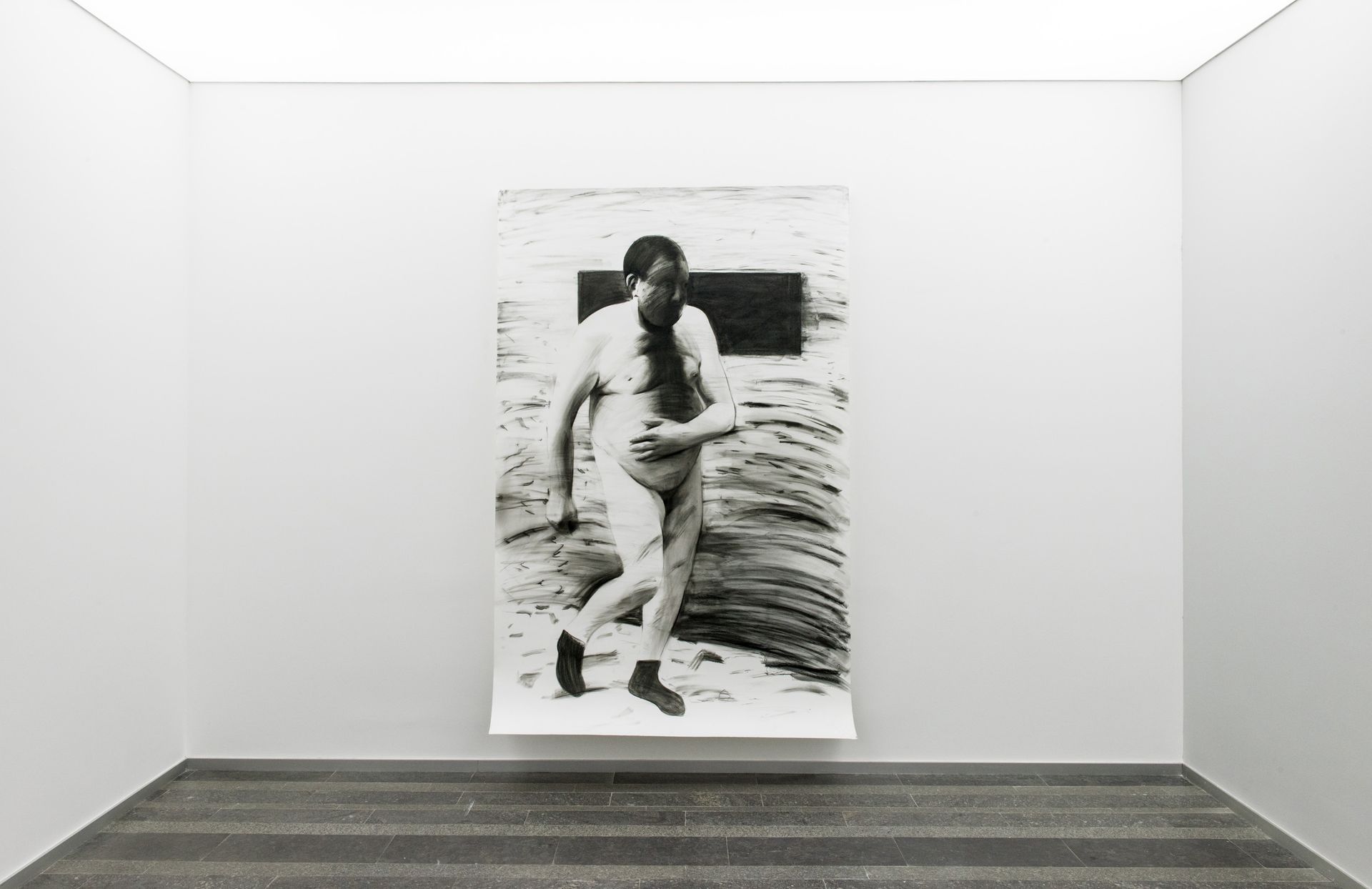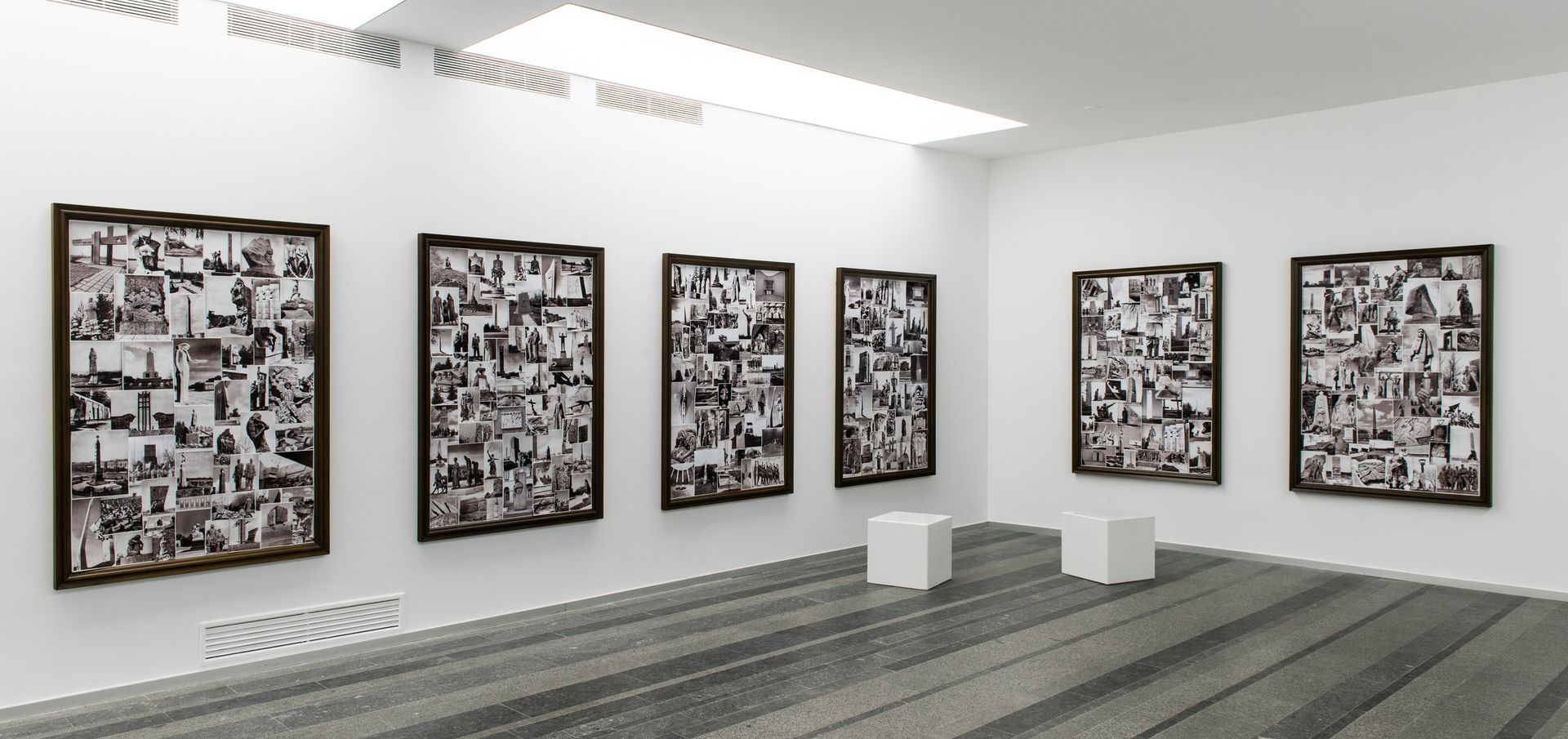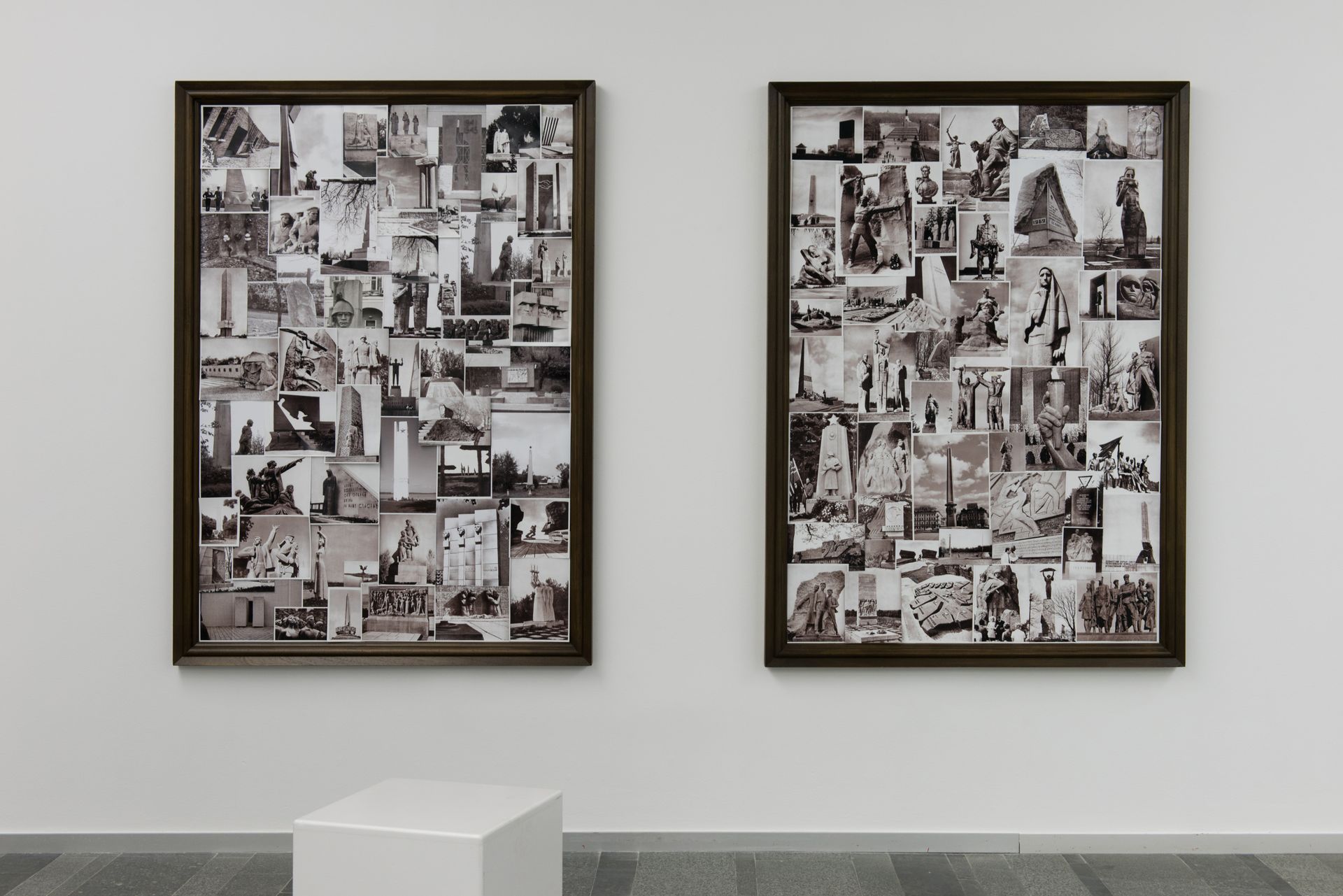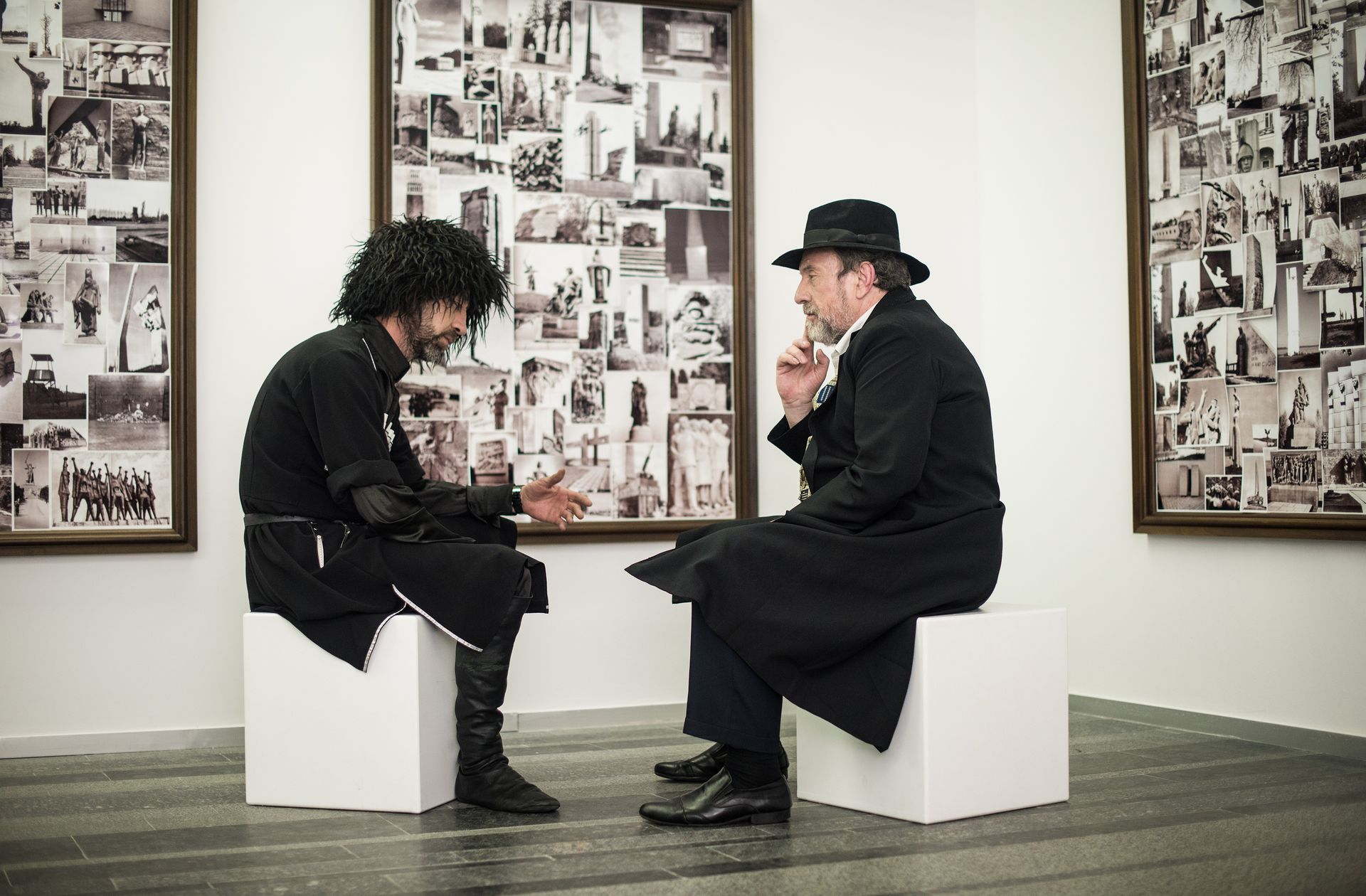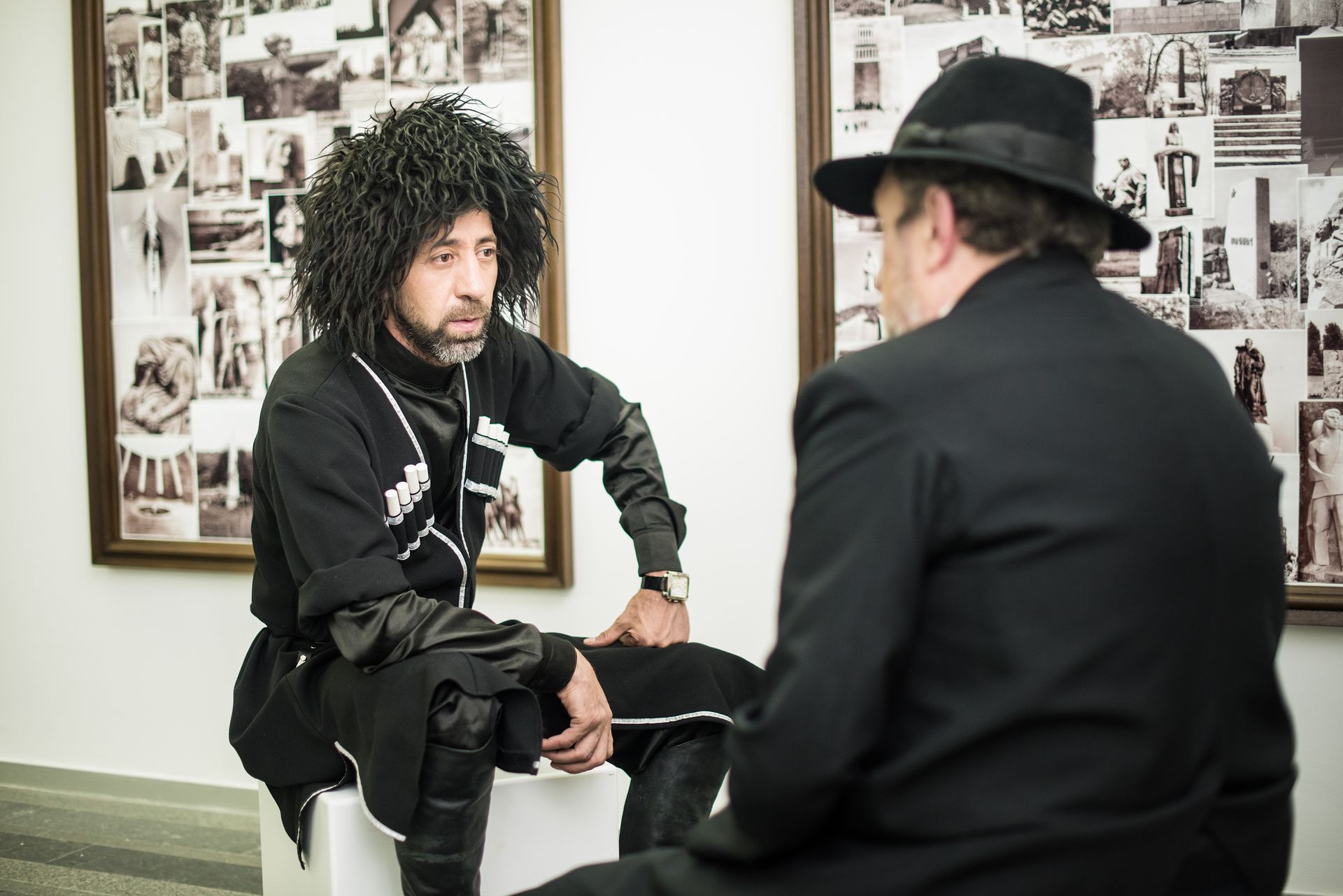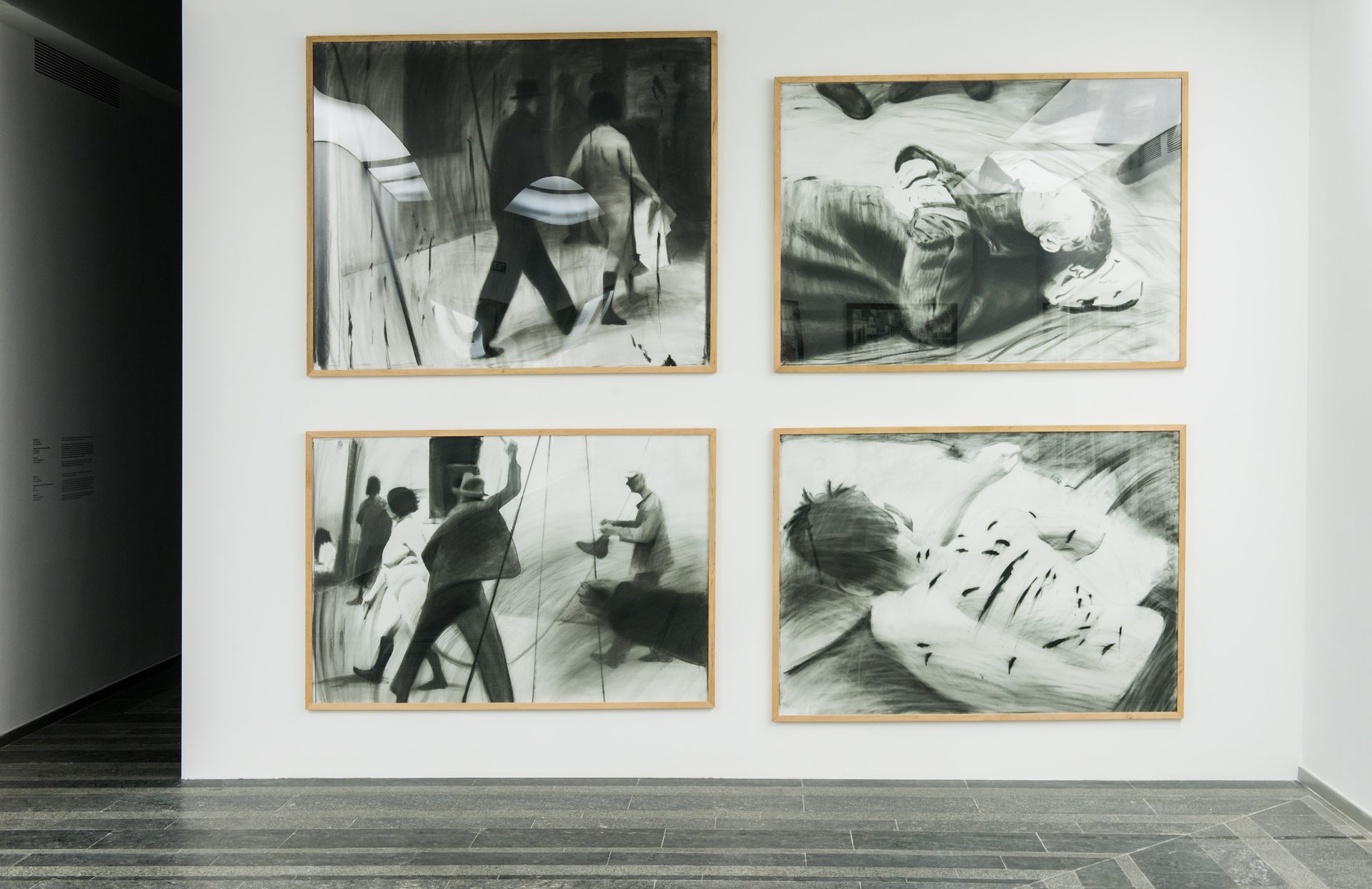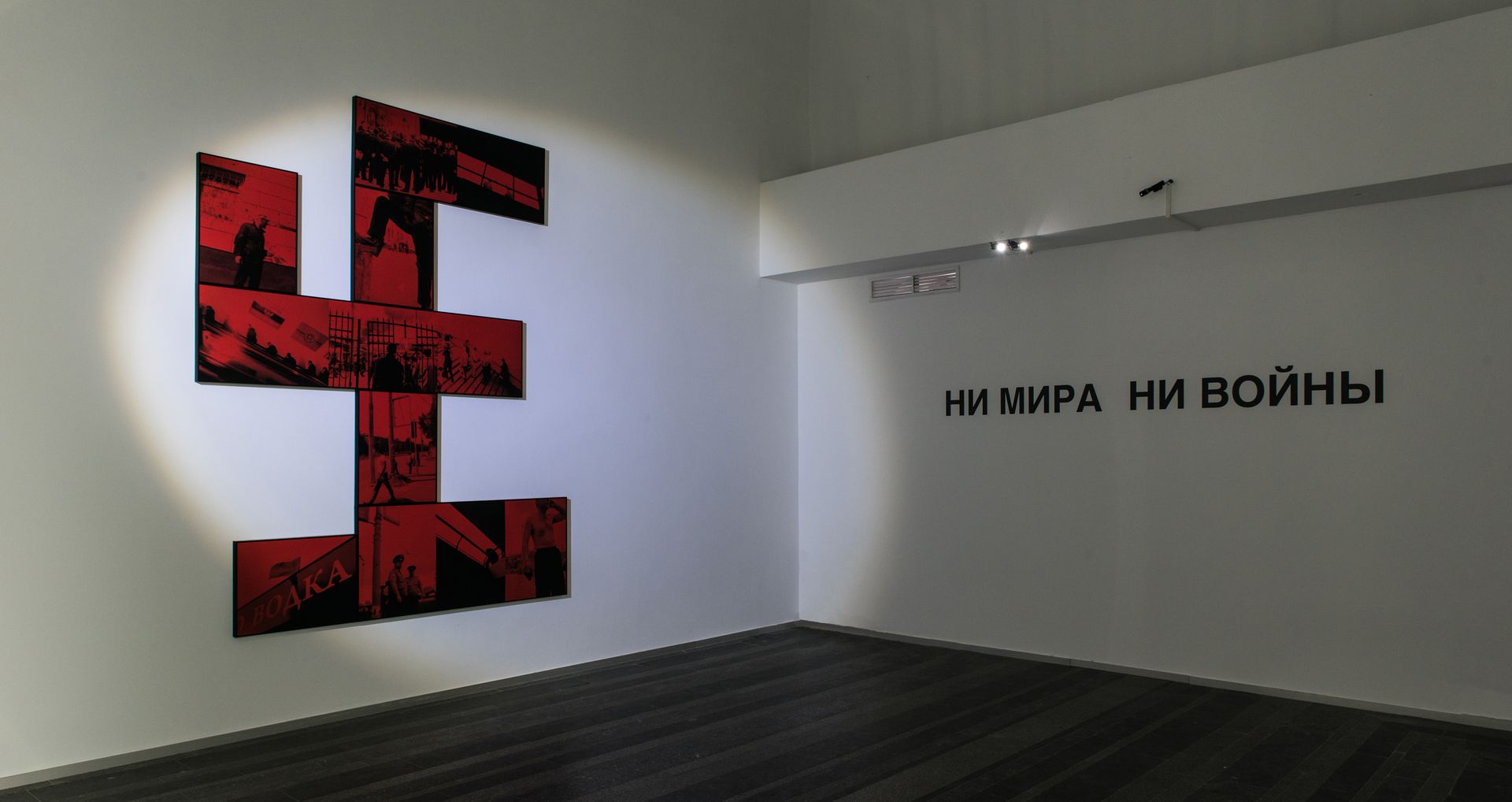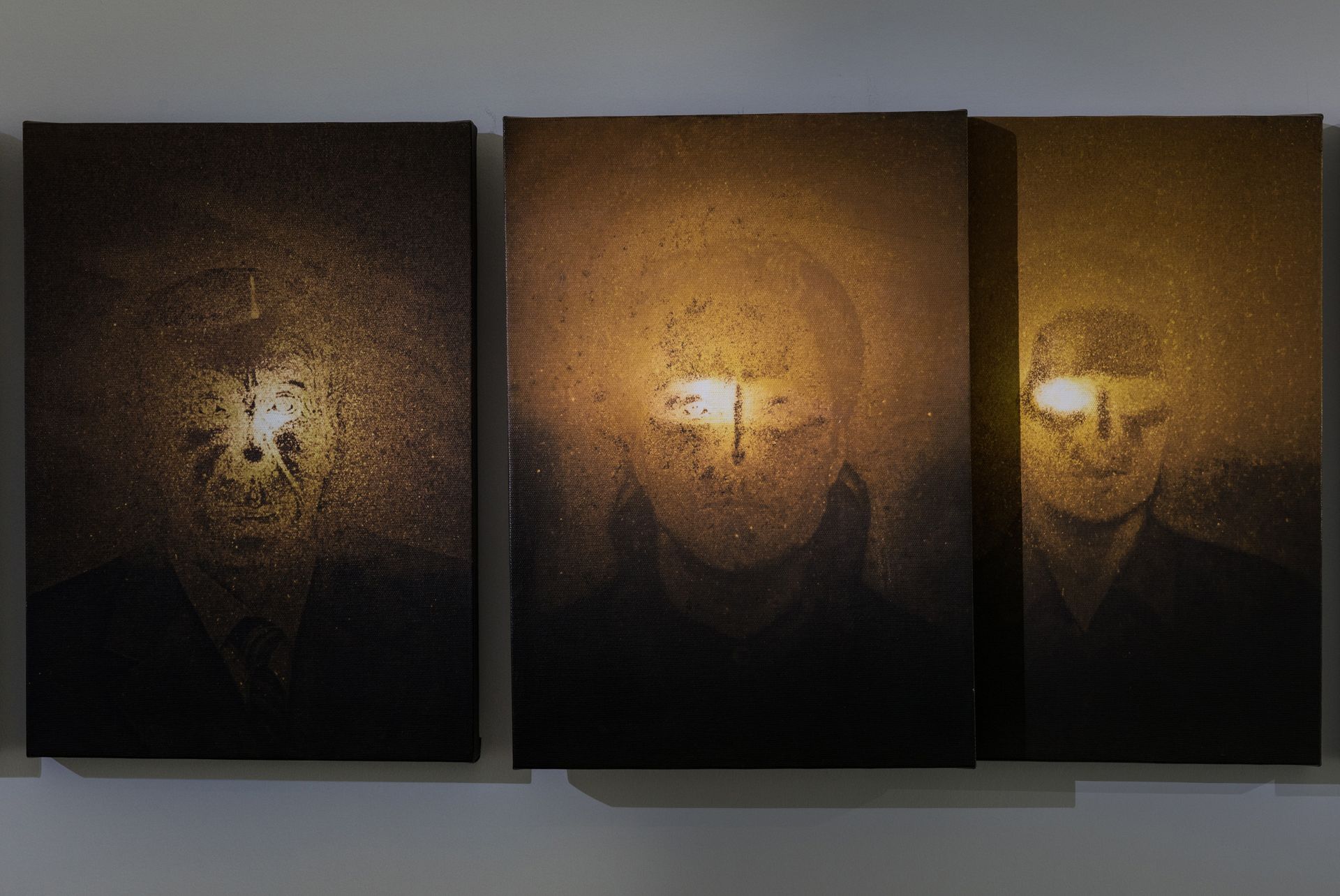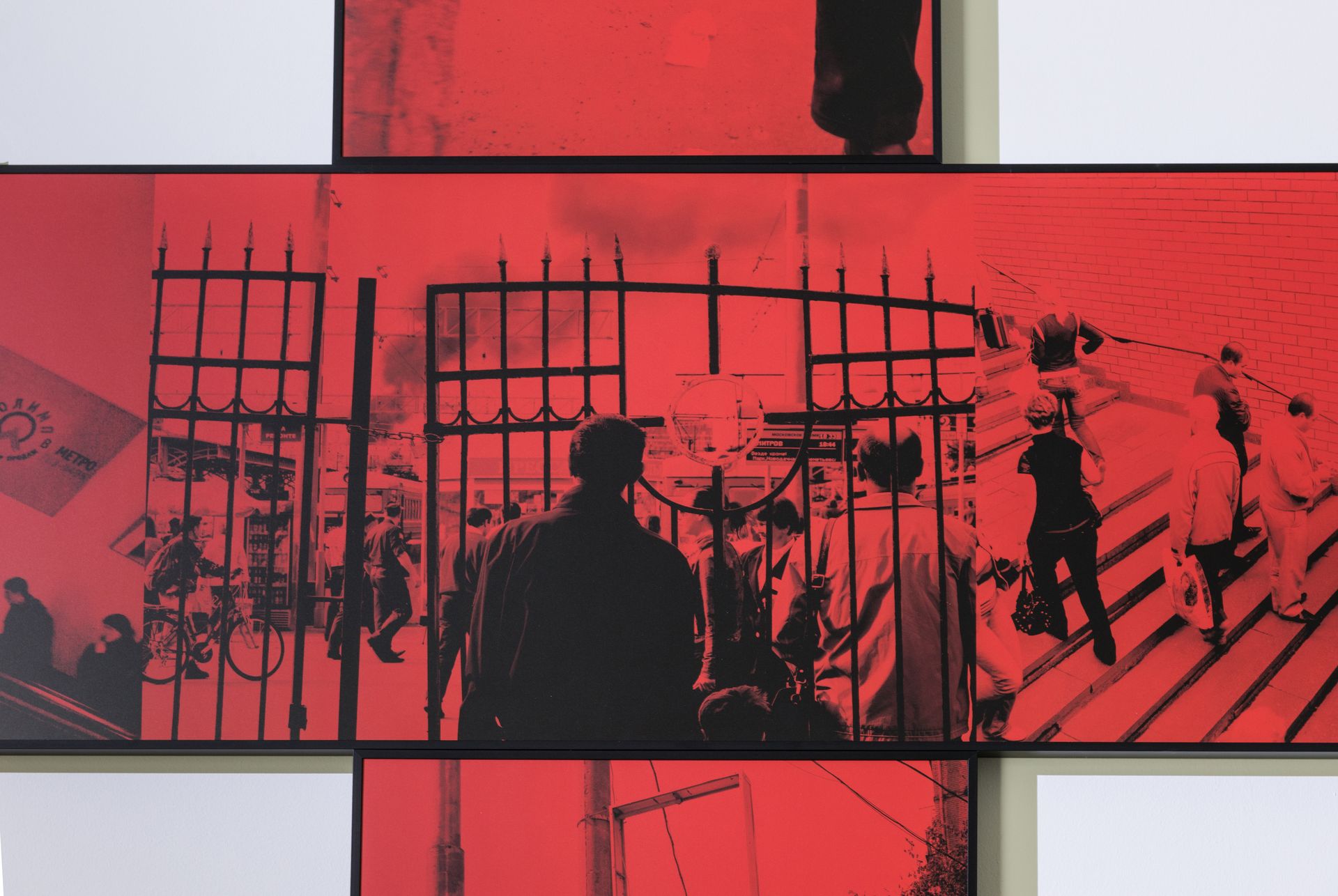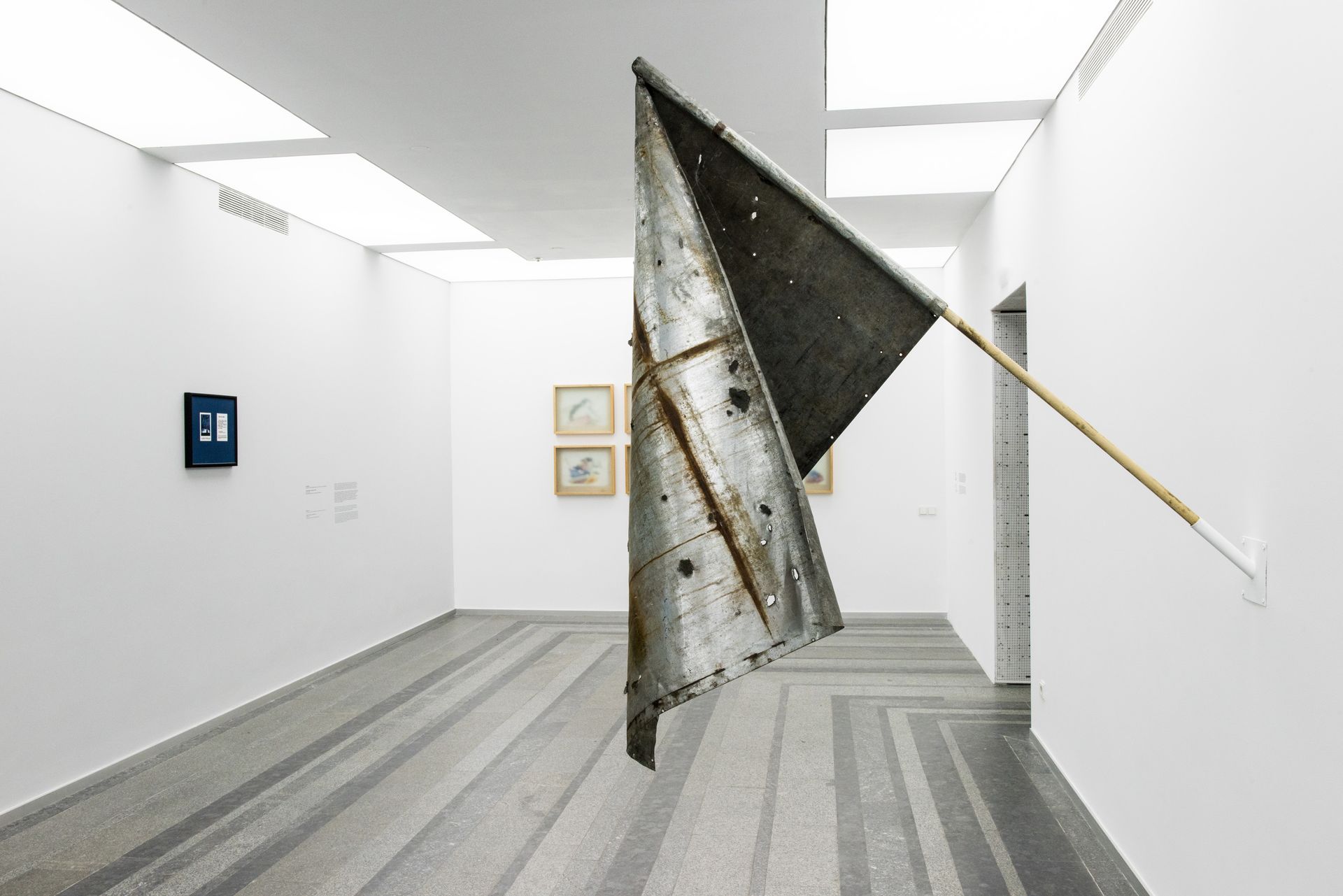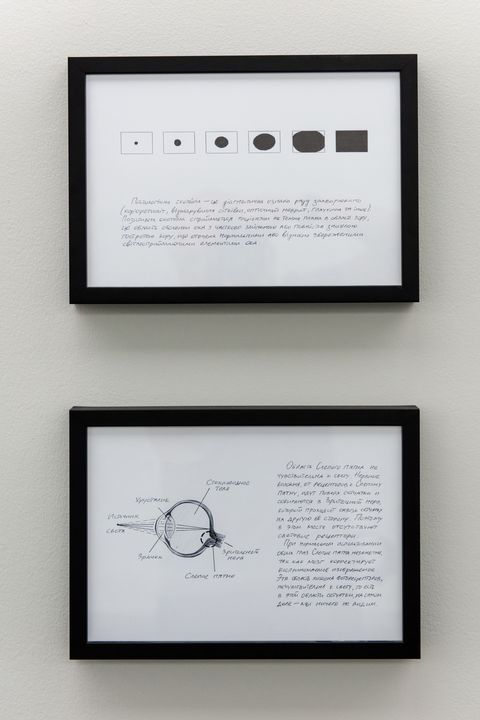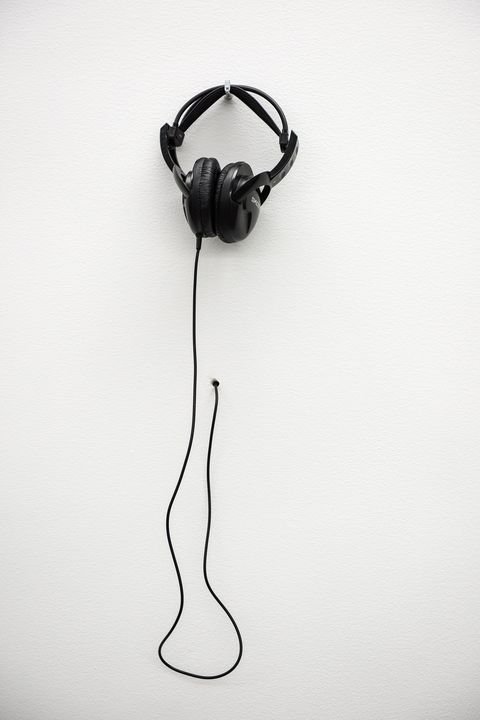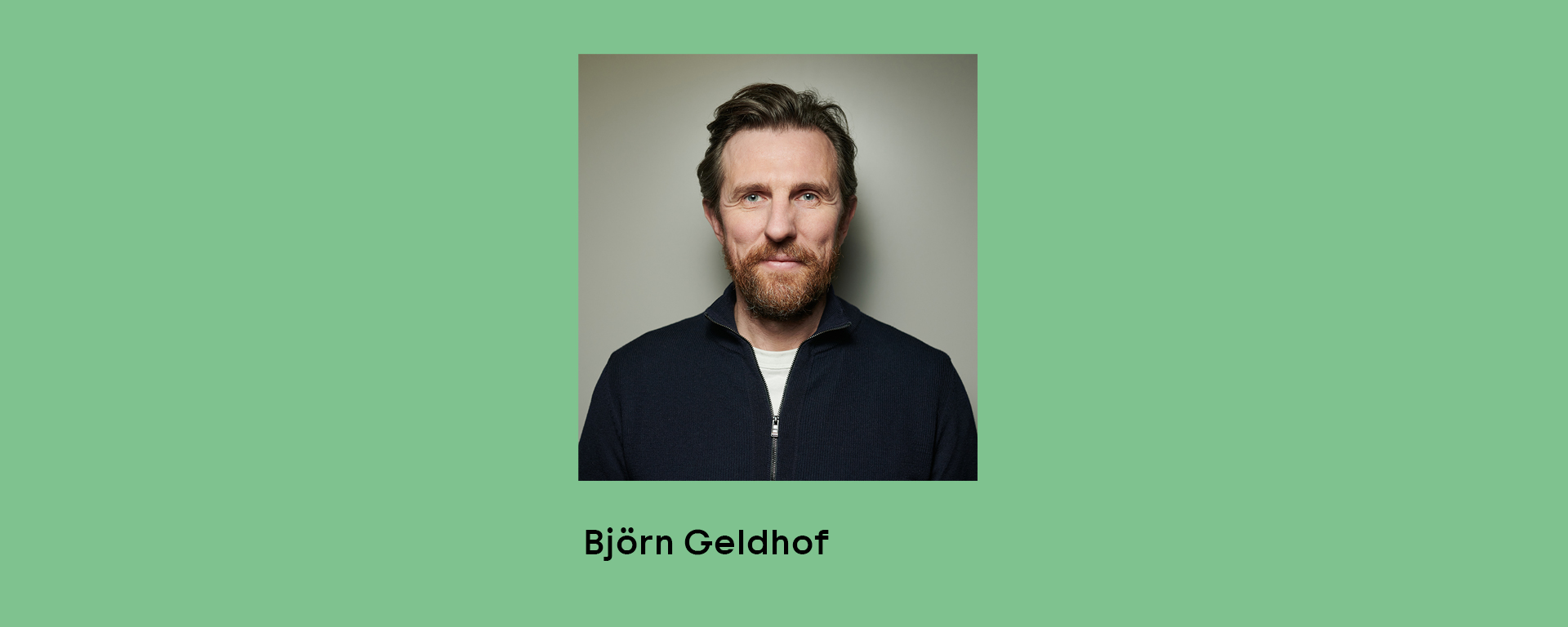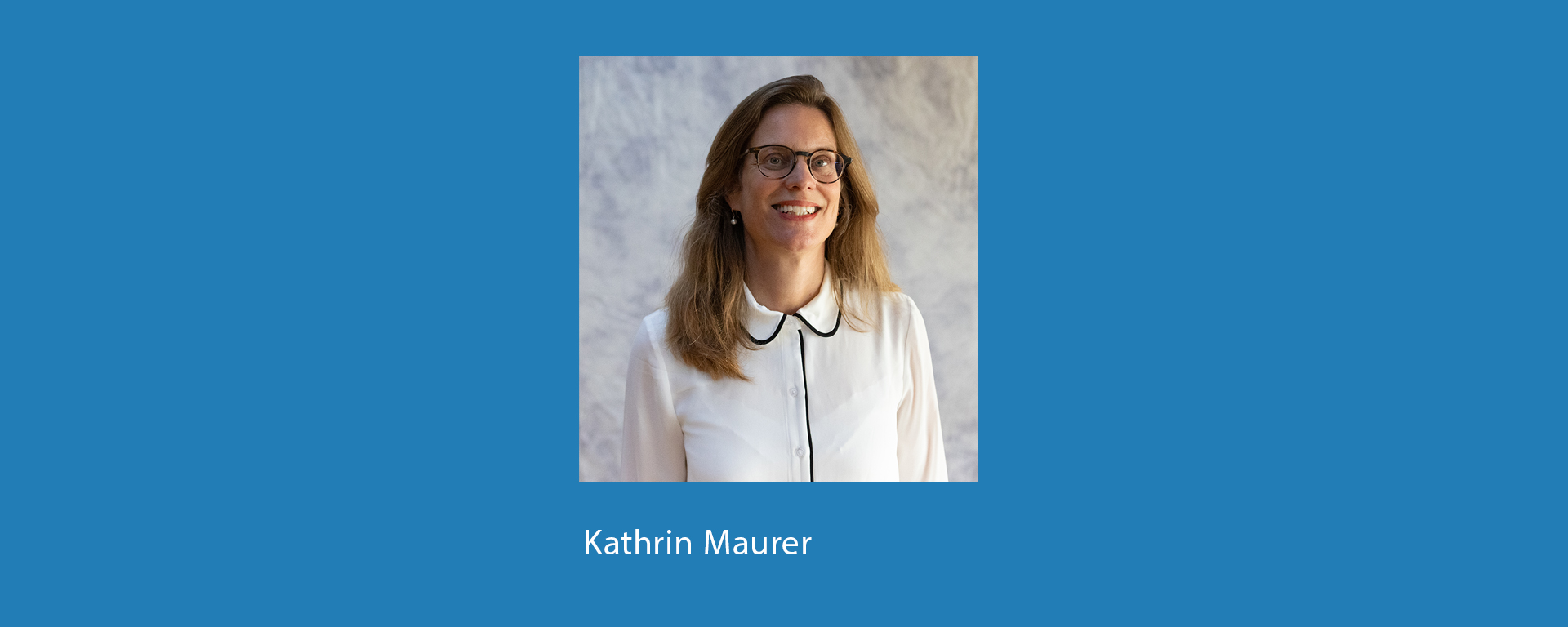Research Platform: Guilt
Artists: Sergey Bratkov, Nikita Kadan, Alevtina Kakhidze, Yuri Leiderman, Mykola Ridnyi, Lesia Khomenko, Fast Reaction Group, Masoch Fund.
The formation of the culture of guilt is associated with German philosopher Karl Jaspers whose Die Schuldfrage analyses the situation in which Germany found itself after the end of World War II and the fall of the Nazi regime. His conclusion is that the only way to overcome the totalitarian past is through the consciousness of guilt, not only political or criminal but, above all, moral, meaning the responsibility of each human being. The admission and consciousness of guilt are essential to renewal and spiritual revival.
In Ukraine, both in the early 1990s, which were marked by political uncertainty, and amid the current military conflict in its east, these are the blame game, the rejection of one’s own role, and efforts to justify one’s acts with external circumstances (as opposed to scrutinizing oneself in an honest manner) that define the policy of memory.
The Guilt exhibition examines the issue of historical and individual guilt and responsibility. How should one interact with the past, how to find the ways of working with it – should it be denied, erased, or conversely should one share responsibility for the conflict pages of our history?
The exhibition highlights the radical acts and performances of the 1990s when artists started reconsidering the post-war history, putting viewers in the position of ethical discomfort. The works, in which they tried on the roles of the enemy, victim or invader, possibly for the first time ever touched upon the issue of guilt and responsibility for one’s own choice and made the issue of winners and losers a subject of research. The exhibition combines these works with the works of the recent years, which concern the ghostly memories of the past and the victims of the present. This dialogue puts on the agenda the question of sacrifice, guilt and responsibility in the whirlpool of events taking place in Ukraine today, when historical references become a tool of political manipulation and contribute to the division into “us” and “them” instead of mediating dialogue.
The exhibits directly referring to the ongoing military conflict in Ukraine state that we are laying the groundwork for the policy of memory of the current situation in the future. While understanding that it is impossible to share the experience of suffering, the experience of the victim, which we as witnesses can only perceive through mediation, the artists offer a mediated, detached look at the events, highlighting the uniqueness of every personal experience.
The exhibition seeks to destroy the established concepts of “believers” and “infidels” while stating that victimhood is not subject to hierarchization. Against the background of social blindness aggravated by the information war, the exhibition sends the message that one cannot share experience of the other but can understand him. As understanding means winning.
Curator: Tatiana Kochubinska
Co-curator: Björn Geldhof
